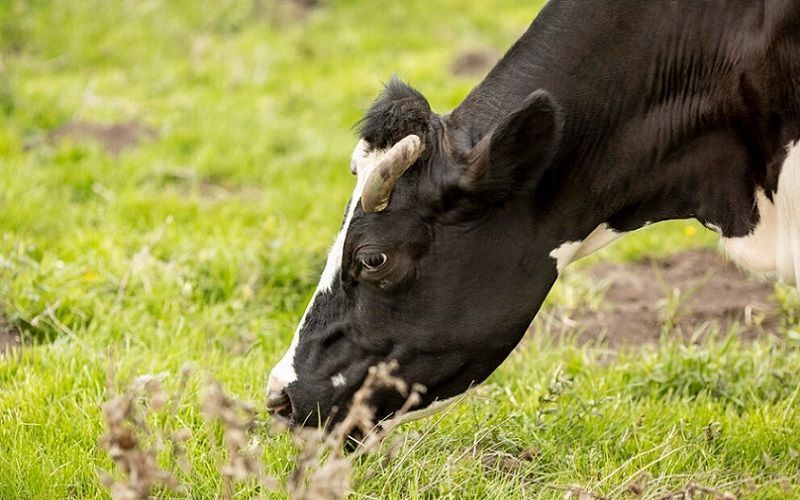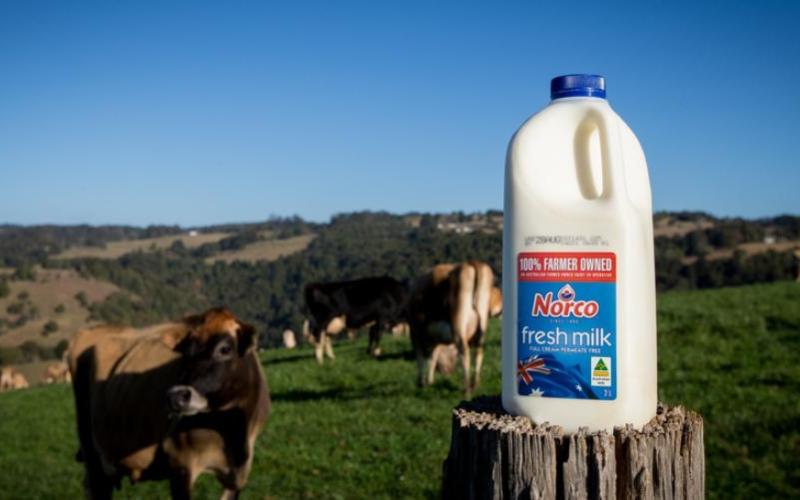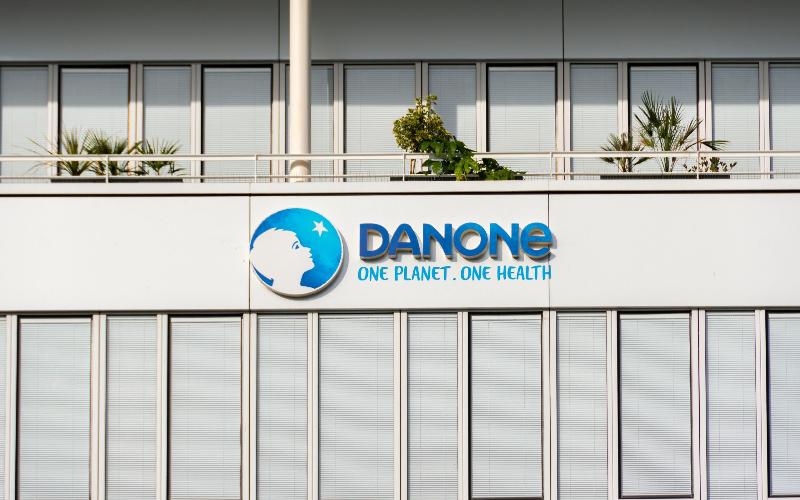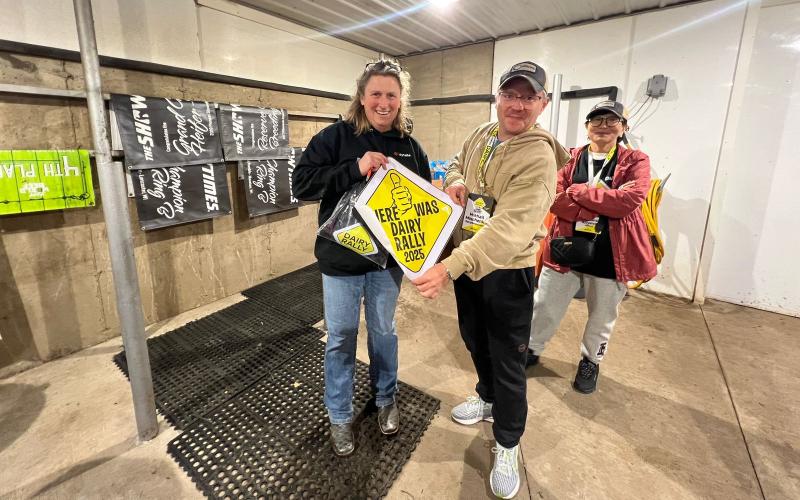West Virginia University Researchers Explore Benefits of Solar Panels on Small Cattle Farms with $1.6M DOE Grant
Sourse: The DairyNews
Researchers at West Virginia University (WVU) are investigating the benefits of solar panels on small cattle farms, supported by a $1.6 million grant from the US Department of Energy (DOE). This initiative is part of the DOE’s $71 million investment, which includes $16 million from the Biden Administration’s Bipartisan Infrastructure Law, aimed at developing a network of domestic solar energy manufacturers.

Matt Wilson, professor of animal sciences at the WVU Davis College of Agriculture, Natural Resources, and Design, and founder of the Alliance for Regenerative Livestock, is leading the research. Wilson’s team will implement dual-use solar, or agrivoltaics, to integrate solar panels with agricultural activities such as crop production, livestock grazing, and pollinator habitats. This approach seeks to generate solar energy on grazing lands while promoting sustainable cattle-raising practices.
In collaboration with Appalachian Renewable Power (ARP), WVU will research soil, grasses, and cattle around the solar systems, while ARP will handle design and installation. Wilson highlighted that 68% of agricultural producers in West Virginia rely on off-farm income, and incorporating solar technology could diversify their income streams. This high-tech approach may also attract younger generations to agriculture, as the average age of agricultural producers in the state is around 70.
“Young people don’t want to go into agriculture because they perceive it’s backbreaking work and low technology,” Wilson said. “But there are opportunities for a high-tech, multi-revenue stream and comprehensive things that a person can do to make a living in agriculture.”
West Virginia’s terrain, though unsuitable for row-crop agriculture, is ideal for livestock grazing on hillsides and mountainsides where renewable energy can also be generated. Despite some opposition to renewable energy installations, Wilson noted that agricultural lands are preferred by solar developers due to minimal environmental remediation requirements.
“Fr om a cost perspective, if I’m a solar developer, I want to pick a place wh ere I won’t have to worry about legacy chemicals,” Wilson explained. “We’ve been trying to pursue agrivoltaics. If we could design the source system so that they were in a high-quality pasture where you’re both raising a calf crop and energy on the same acreage, instead of switching purposes, you’ve now got dual purpose.”
Wilson’s research has focused on improving beef industry sustainability by breeding more robust animals that consume fewer resources. His system for measuring feed intake, water intake, and beef herd performance will be utilized to study the cattle grazing under solar arrays. The project will install both traditional flat panels and bifacial solar photovoltaic cells held together by netting to prevent water runoff.
“That’s our big goal with this project,” Wilson said. “Install some solar and then study how animals perform in that scenario, under the panels. Then we can start making recommendations for producers if they’re interested.”
Ember Morrissey, associate professor of environmental microbiology at WVU, is studying the potential impacts of dual-solar use on soil health. “My team will collect and analyze soil samples from pasture with the novel agrivoltaics panels as well as traditional pastures,” she said. “This will allow us to determine if incorporating solar panels into pasture ecosystems may alter soil health.”
Wilson emphasized the importance of establishing policies to support this initiative. He envisions an agricultural exemption that would allow farmers to receive compensation for solar energy generation, despite questions about how to manage excess power produced by the arrays.
“I’ve been starting to talk to faculty in engineering and other places about what we can do,” Wilson said. “Can we convert some of that into electrolysis to produce hydrogen or other things?”
In collaboration with Appalachian Renewable Power (ARP), WVU will research soil, grasses, and cattle around the solar systems, while ARP will handle design and installation. Wilson highlighted that 68% of agricultural producers in West Virginia rely on off-farm income, and incorporating solar technology could diversify their income streams. This high-tech approach may also attract younger generations to agriculture, as the average age of agricultural producers in the state is around 70.
“Young people don’t want to go into agriculture because they perceive it’s backbreaking work and low technology,” Wilson said. “But there are opportunities for a high-tech, multi-revenue stream and comprehensive things that a person can do to make a living in agriculture.”
West Virginia’s terrain, though unsuitable for row-crop agriculture, is ideal for livestock grazing on hillsides and mountainsides where renewable energy can also be generated. Despite some opposition to renewable energy installations, Wilson noted that agricultural lands are preferred by solar developers due to minimal environmental remediation requirements.
“Fr om a cost perspective, if I’m a solar developer, I want to pick a place wh ere I won’t have to worry about legacy chemicals,” Wilson explained. “We’ve been trying to pursue agrivoltaics. If we could design the source system so that they were in a high-quality pasture where you’re both raising a calf crop and energy on the same acreage, instead of switching purposes, you’ve now got dual purpose.”
Wilson’s research has focused on improving beef industry sustainability by breeding more robust animals that consume fewer resources. His system for measuring feed intake, water intake, and beef herd performance will be utilized to study the cattle grazing under solar arrays. The project will install both traditional flat panels and bifacial solar photovoltaic cells held together by netting to prevent water runoff.
“That’s our big goal with this project,” Wilson said. “Install some solar and then study how animals perform in that scenario, under the panels. Then we can start making recommendations for producers if they’re interested.”
Ember Morrissey, associate professor of environmental microbiology at WVU, is studying the potential impacts of dual-solar use on soil health. “My team will collect and analyze soil samples from pasture with the novel agrivoltaics panels as well as traditional pastures,” she said. “This will allow us to determine if incorporating solar panels into pasture ecosystems may alter soil health.”
Wilson emphasized the importance of establishing policies to support this initiative. He envisions an agricultural exemption that would allow farmers to receive compensation for solar energy generation, despite questions about how to manage excess power produced by the arrays.
“I’ve been starting to talk to faculty in engineering and other places about what we can do,” Wilson said. “Can we convert some of that into electrolysis to produce hydrogen or other things?”
Key News of the Week














